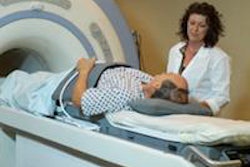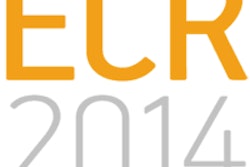Tumor removal without a scalpel or x-rays is now possible due to a special type of focused ultrasound therapy developed by a new European Union project.
The Fraunhofer Institute for Medical Image Computing MEVIS in Bremen, Germany, is coordinating TRANS-FUSIMO (Patient Specific Modeling and Simulation of Focused Ultrasound in Moving Organs), a project designed to transfer virtual principles into real-world applications and develop a system for patient treatment in the clinic.
Over the past three years, FUSIMO has laid the foundation for transferring focused ultrasound therapy to moving organs. The first step is to obtain 3D images from MR tomography that show the inside of the patient's abdomen and simultaneously register the respiratory movements. Based on this data, experts can perform computer simulations of ultrasound treatment on the liver.
In the simulation, software computes how the liver moves under respiration and, thus, can direct the virtual ultrasonic waves in such a way that they follow the movement of the liver and remain focused on the tumor.
"In the future, such simulations can enable physicians to plan complex ultrasound interventions individual to the patient and in great detail," said Mevis researcher Jan Strehlow. "This is especially important in moving organs and can be decisive for indication whether this method of therapy is a viable option for a patient." Computer simulations could also help shorten the duration of the ultrasound treatment
TRANS-FUSIMO takes things a step further: an MR system with a strong ultrasonic transmitter and a regular ultrasonic device are combined. The latter registers the movement of the liver during respiration, in real-time, while the patient is in the MR unit. Based on this data, the software calculates the path that the strong ultrasonic wave should take to stay focused on the tumor despite respiratory movement, according to MEVIS. During the treatment, the MR system measures the distribution of temperature in the abdominal region, which allows physicians to precisely control the ultrasonic rays to target the tumor as desired.
Over the next two years, the technology is to be tested on patients under general anesthesia; their breathing will be artificially halted, so that there is no liver movement for a short period of time. In 2018, the first patients without anesthesia are to be treated while breathing naturally. If these studies yield positive results, the new procedure may be approved, MEVIS said.



















